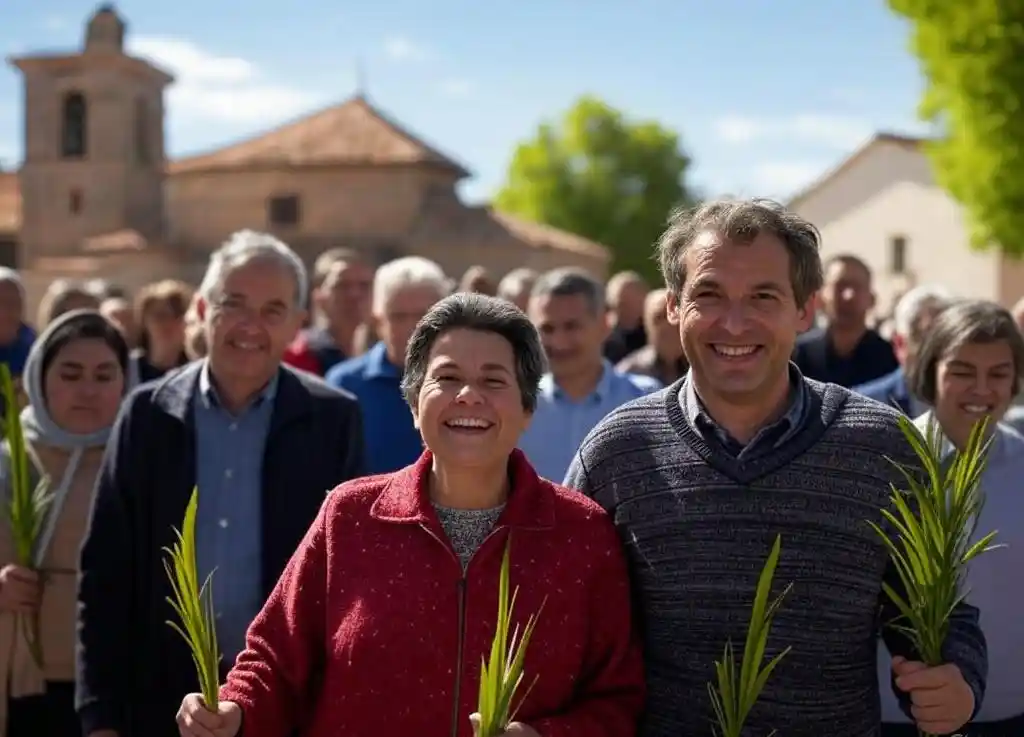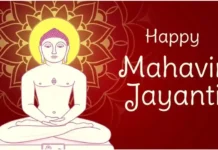Palm Sunday is a cherished Christian observance that marks the beginning of Holy Week, the final week of Lent leading up to Easter Sunday. Celebrated exactly one week before Easter, it commemorates the day Jesus Christ entered Jerusalem on a donkey, greeted by a cheering crowd waving palm branches and shouting “Hosanna!”
This event is described in all four Gospels—Matthew, Mark, Luke, and John—highlighting its spiritual and theological significance. Today, churches around the world remember this moment with palm processions, special worship services, and symbolic rituals that prepare the hearts of believers for the solemn events of Good Friday and the joy of Easter.
Key Details about Palm Sunday
| Aspect | Details |
|---|---|
| Name | Palm Sunday |
| Observed On | Sunday before Easter |
| Religious Significance | Commemorates Jesus’ triumphal entry into Jerusalem |
| Symbol | Palm branches (symbol of peace and victory) |
| Observed By | Christians worldwide |
| Liturgical Color | Red (symbolizing martyrdom and the Passion of Christ) |
| Main Traditions | Palm processions, Passion Gospel readings, crafting of palm crosses |
| Connected Holiday | Start of Holy Week (culminating in Easter) |
Why Is Palm Sunday Celebrated?
Palm Sunday commemorates the triumphal entry of Jesus into Jerusalem, just days before His crucifixion. According to the Gospels, as Jesus entered the city riding a donkey, the crowds laid down palm branches and cloaks in His path, shouting “Hosanna to the Son of David!”
This act fulfilled the prophecy in Zechariah 9:9 and symbolized Jesus as the King of Peace, not a political or militant messiah. It set the stage for the Passion of Christ—His suffering, death, and eventual resurrection.
Palm Sunday reminds Christians of Jesus’ humility, sacrifice, and the beginning of the most sacred week in Christianity.
How Is Palm Sunday Celebrated?
1. Palm Processions
Churchgoers participate in symbolic processions where palm fronds are waved or distributed to represent the branches used to greet Jesus. In some places, donkeys are also used in reenactments.
2. Gospel Readings of the Passion
The Passion narrative (the story of Jesus’ suffering and death) is read aloud, often dramatically or with congregational participation. This sets the reflective mood for Holy Week.
3. Crafting Palm Crosses
Many people weave their palms into crosses, which are kept in homes throughout the year. These are later burned for use in Ash Wednesday services the following year.
4. Hymns and Special Liturgies
Church choirs sing “Hosanna” hymns and traditional Holy Week chants. Many services include readings, prayers, and Holy Communion.
Palm Sunday Dates (Upcoming Years)
| Year | Date | Day of the Week |
|---|---|---|
| 2025 | April 13, 2025 | Sunday |
| 2026 | March 29, 2026 | Sunday |
| 2027 | March 28, 2027 | Sunday |
| 2028 | April 9, 2028 | Sunday |
| 2029 | March 25, 2029 | Sunday |
Palm Sunday always falls on the Sunday before Easter and varies each year based on the lunar calendar.
Frequently Asked Questions (FAQs)
What is the meaning of Palm Sunday?
Palm Sunday marks Jesus Christ’s arrival in Jerusalem, where people welcomed Him with palm branches as a symbol of honor, peace, and victory.
Why are palms used on Palm Sunday?
Palms symbolize victory, peace, and eternal life. In ancient times, waving palms was a way to honor royalty or religious figures.
How do Christians celebrate Palm Sunday?
Celebrations include church services, palm processions, reading of the Passion story, and making palm crosses as spiritual keepsakes.
What does the donkey represent in the story?
Jesus riding a donkey signifies humility and peace. Unlike a war horse, a donkey indicated that He came not to conquer, but to save.
How does Palm Sunday fit into Holy Week?
It’s the first day of Holy Week, leading to Jesus’ crucifixion on Good Friday and resurrection on Easter Sunday. It sets the tone for reflection and preparation.





























